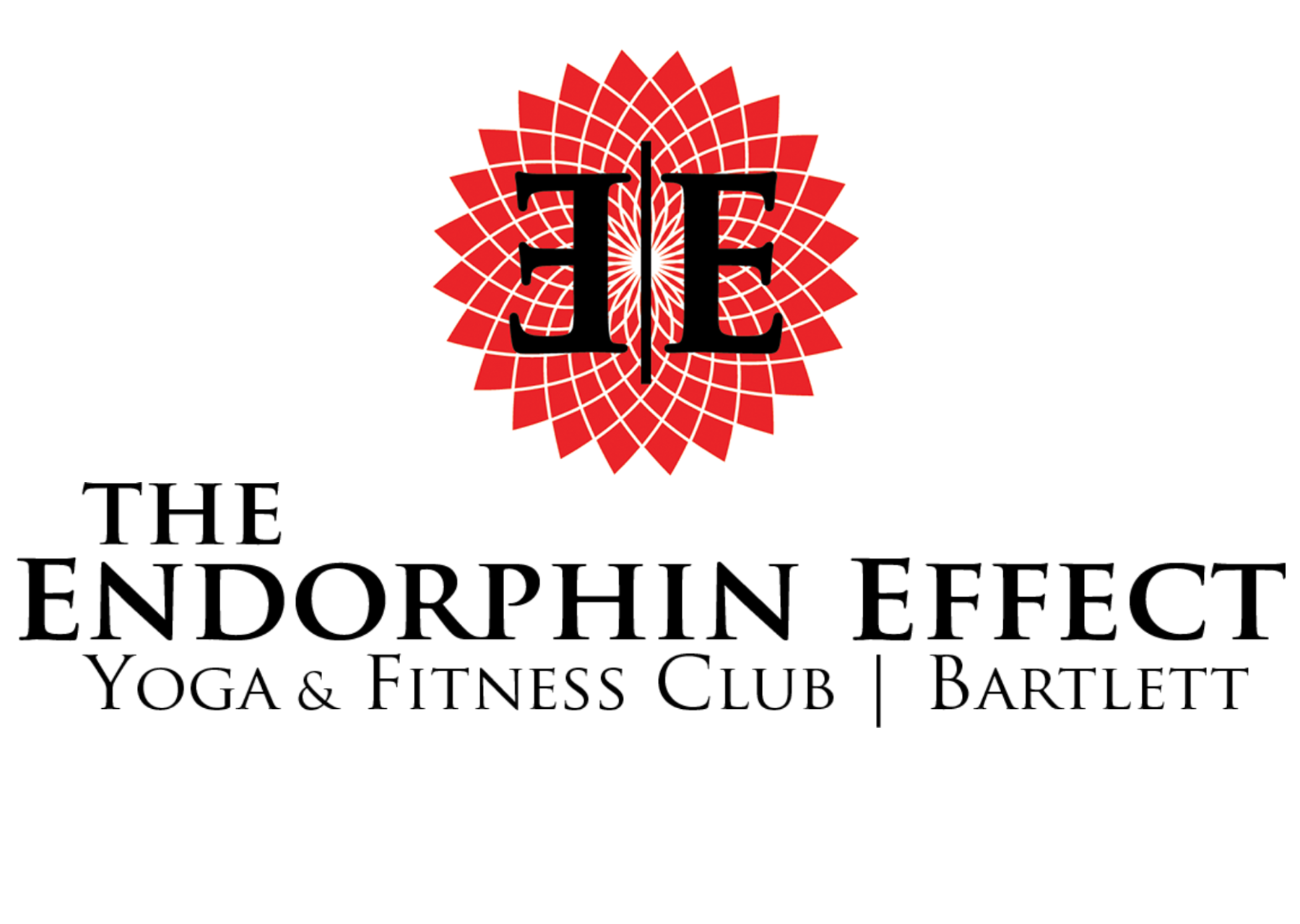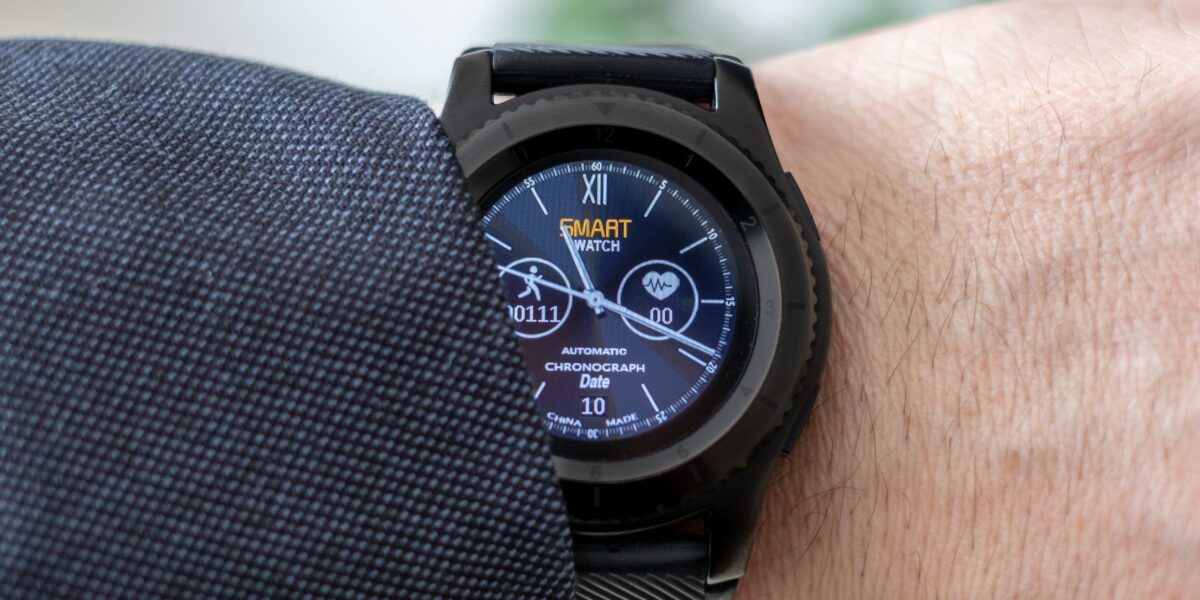With the rise of fitness trackers, monitoring your heart rate during your workout seems to be a big deal. In part, it’s because the heart rate can actually tell you a lot of information, especially during your workout. The faster your heart pumps, the more energy your body is losing and therefore trying to regain through pumping oxygen and energy from food to our muscles. In order to maximize your workout, try using your heart rate as a monitor of energy. Let’s break it down a little more.

Types of Heart Rate
Maximum Heart Rate
Your maximum heart rate (MHR) is typically determined by age and is the highest heart rate you should achieve through exercise. Pushing past your maximum heart rate for a long period of time can be dangerous for your health and can increase your risk of cardiac events. The maximum heart rate is typically determined by subtracting your age from 220. Remember that everybody’s body is different so it’s important that you talk about your maximum heart rate with your doctor for the most accurate result.
Resting Heart Rate
Your resting heart rate is the number of times your heart beats per minute when you’re resting. This is important when determining the health of your heart. The lower your resting heart rate is the better because, in most cases, this means that your heart has an easier time maintaining a steady rate which often suggests that your heart is in good health.
Target Heart Rate
Your target heart rate is the zone in which you will get the most out of your workout and burn the most fat. When you sustain your target heart rate during your exercise it also improves your cardiorespiratory endurance which can have positive lasting health benefits.
Types of Heart Rate Training
Low-Intensity or Recovery
- Purpose: Performing a low-intensity workout is great for burning calories or taking it easy if you’re too tired to complete a rigorous workout. It’s also the perfect way to warm up for more intense workouts as well as cooling down from them.
- Heart-Rate Goal: Lower than %60 of your MHR
- Effect on Body: A low intensity workout should be very easy to perform, allowing you to be able to breathe through your nose as well as socialize if desired.
Easy
- Purpose: Performing an easy workout is also great for burning calories, but it also improves your cardiovascular fitness.
- Heart-Rate Goal: %60-%70 of your MHR
- Effect on Body: An easy workout should be easy to perform, but may require breathing through your mouth for more air.
Steady State
- Purpose: Working out at a steady state should help you increase your endurance, which can help towards future workouts.
- Heart-Rate Goal: %70-%80 of your MHR
- Effect on Body: This should feel comfortable, but should require more effort than an easy or low-intensity workout.
Tempo Workout
- Purpose: When performing a workout that focuses on tempo, such as alternating between a higher and lower tensity workout within a certain time period, your ability to keep pushing through high effort increases.
- Heart-Rate Goal: %80-%90 of your MHR
- Effect on Body: This type of workout should be manageable, but may require much more effort and concentration to maintain your form and pace.
Aerobic Intervals
- Purpose: Regularly performing aerobic intervals affects the walls and chambers of your heart with allows it to work much more efficiently and can lower your resting heart rate.
- Heart-Rate Goal: %90-%95 of your MHR
- Effect on Body: This is the most uncomfortable form of exercise with heavy breathing and burning muscles.
If you’re looking into trying heart rate training, remember one of the best ways to track your heart rate efficiently is through a fitness tracker like the Apple Watch or FitBit. You also have the option to count your pulse for 30 seconds and multiply it times 2, but it’s harder to do while you’re in the middle of your workout. Also keep in mind that your heart health is also impacted by your daily choices and even genetic health. Always check with a professional first before engaging in strenuous activity. Once you have the okay from your doctor, talk with one of our trainers here at the Endorphin Effect and we’ll help you figure out the best heart rate training exercises for you to get your maximum results.


